Hokkaido Road Trip: Tokyo to Hokkaido via overnight ferry
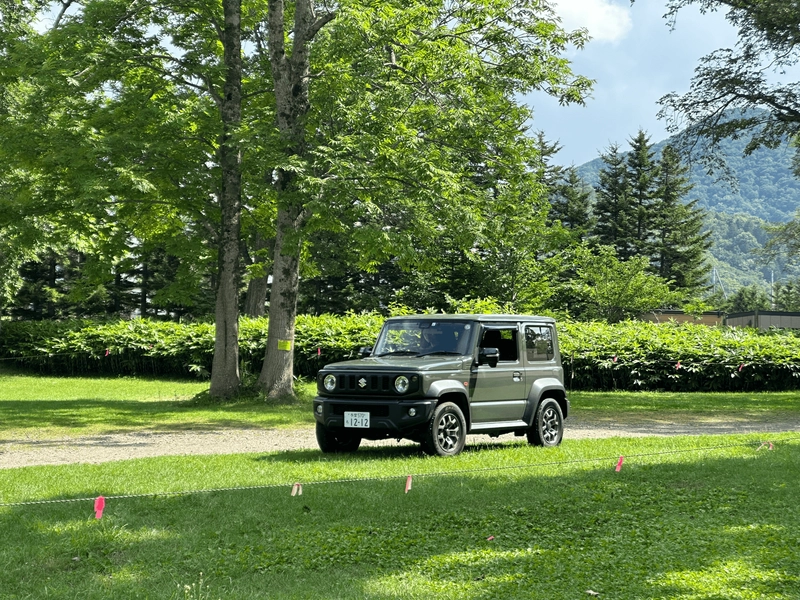
I recently got back from my 2 week road trip to Hokkaido, where I climbed four of Japan’s Hundred Famous Mountains. Although Hokkaido is only a 90 minute flight from Tokyo, I really wanted to drive around in my own car, so I decided to travel via the overnight Sunflower ferry, which takes 20 hours from Ibaraki to Tomakomai.
Although the ferry is significantly more expensive than taking a plane (I have a cost breakdown here), we did get save money by skipping the rental car costs and camping on most nights. Overall, it did come out to be cheaper than flying. And honestly, being able to do a road trip in my Jimny is an experience that can’t be beat!
⛰️ I also have separate posts for each of the mountains I visited on my trip: Mt Rausu, Mt Shari, Mt Meakan and Mt Asahi.
Check-in and boarding procedures
The Sunflower ferry departs from Ibaraki, which is a 90 minute drive from Tokyo. Although the ship leaves at 19:45, you’re supposed to arrive by 17:30 to complete check-in procedures. This involves answering a couple of questions about the size of your car on the check-in machine, which then prints out your boarding passes, and a piece of paper to put on the dashboard of your car.
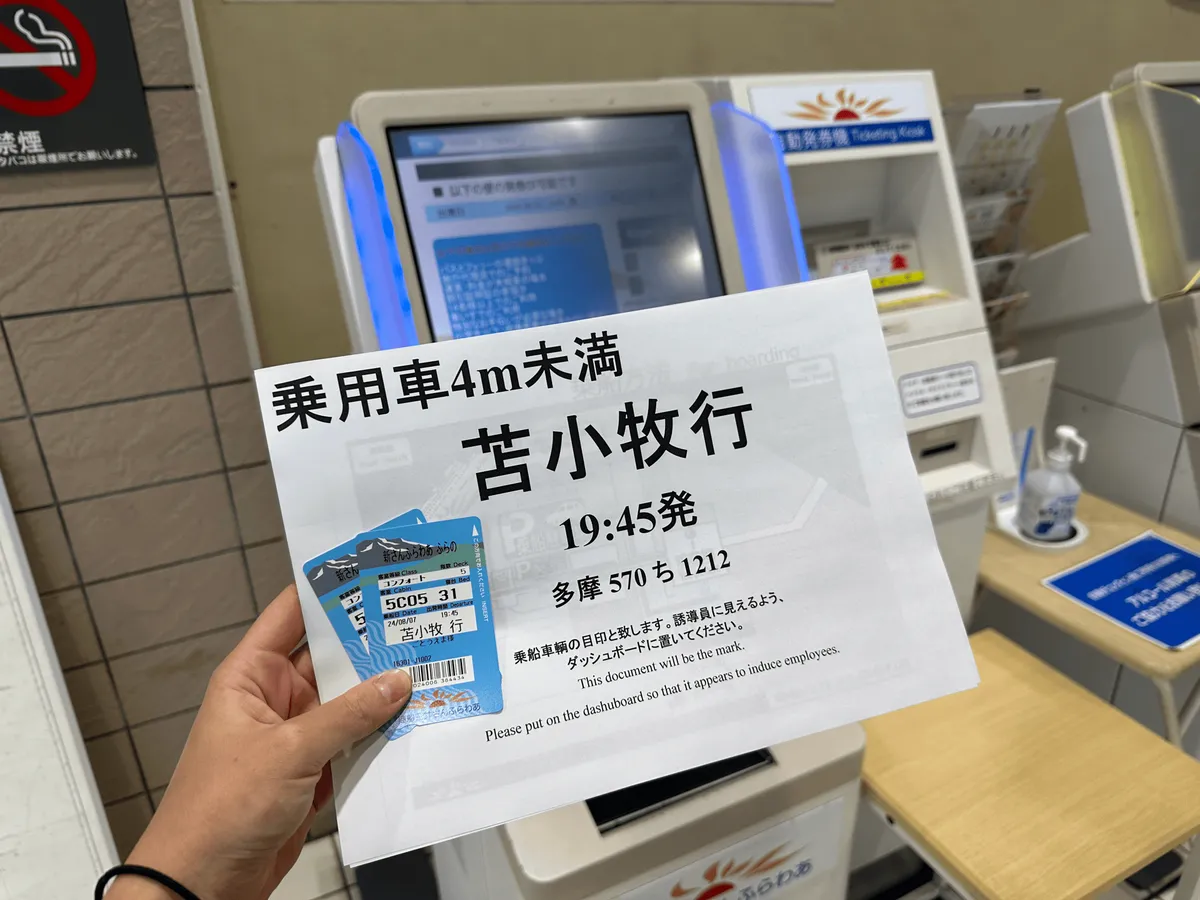
After you’ve checked in, you can line up with your car in front of the ferry. Even though we arrived 2 hours before the ship departed, probably 80% of the cars were already lined up.
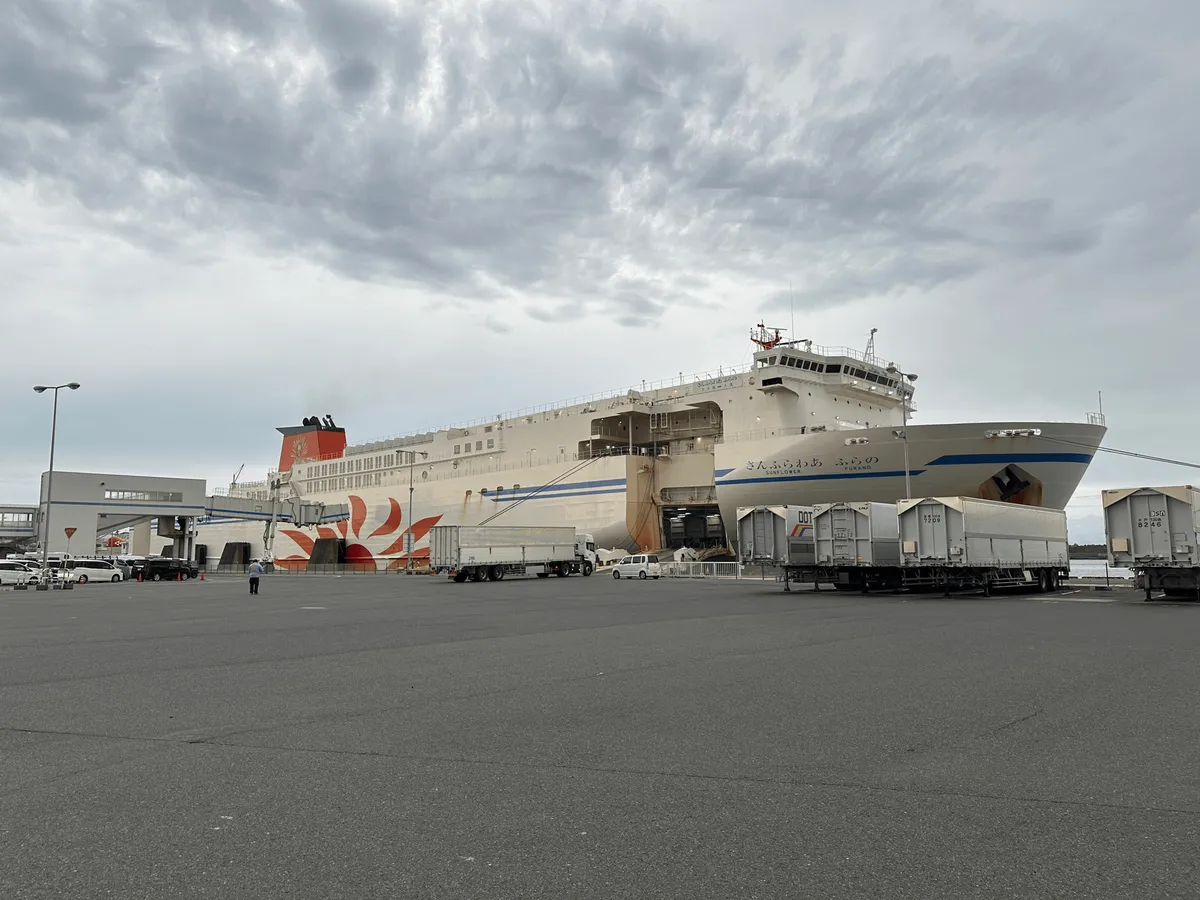
From here we had quite a long wait until we actually got to drive the car onto the ferry. Only one person is allowed to be in the car when boarding, so anyone else has to board via a walkway instead.

Since we were near the end of the line, we didn’t finishing boarding procedures until about 19:15. You can’t access your car while the ship is in motion, so once you’ve parked your car this is your final chance to grab anything you need.

A night in comfort class (private bunks)
On our trip up, we went for the second-cheapest grade of accommodation, called the “comfort class”. The fare varies depending on the time of year, but it cost us 71,500 yen for two people and a car.

The comfort class is sort of like a capsule hotel. It’s split off into several rooms, and each room has about 30 beds. They’re grouped in sections of 4, with stairs for the people on top. We got lucky, getting the two bottom beds with no one above us.
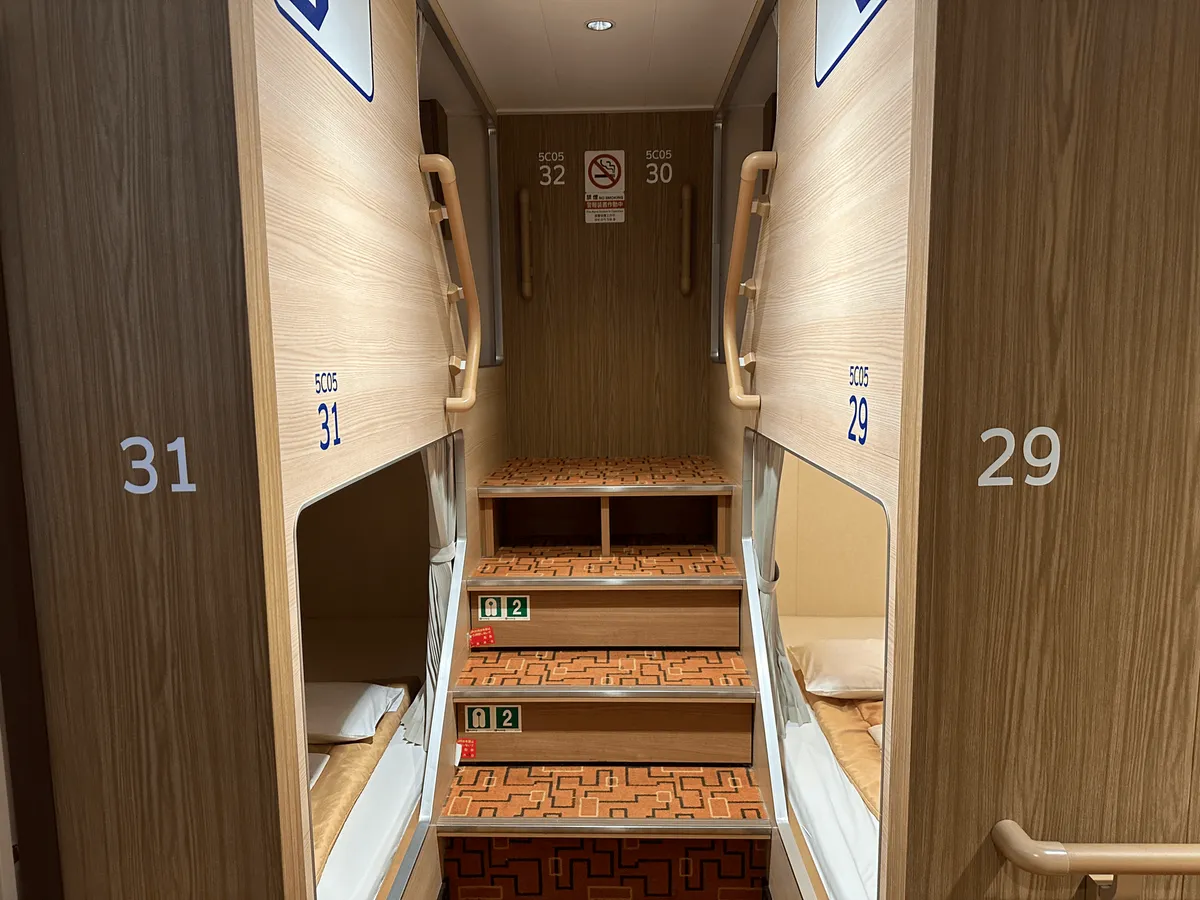
I’m not sure if this means the ferry wasn’t fully booked out, or maybe they have more spots available for people to sleep than they do car spots. It seems like the higher tiers (i.e. private rooms) tend to book out quicker as well, so maybe that’s where everyone was.
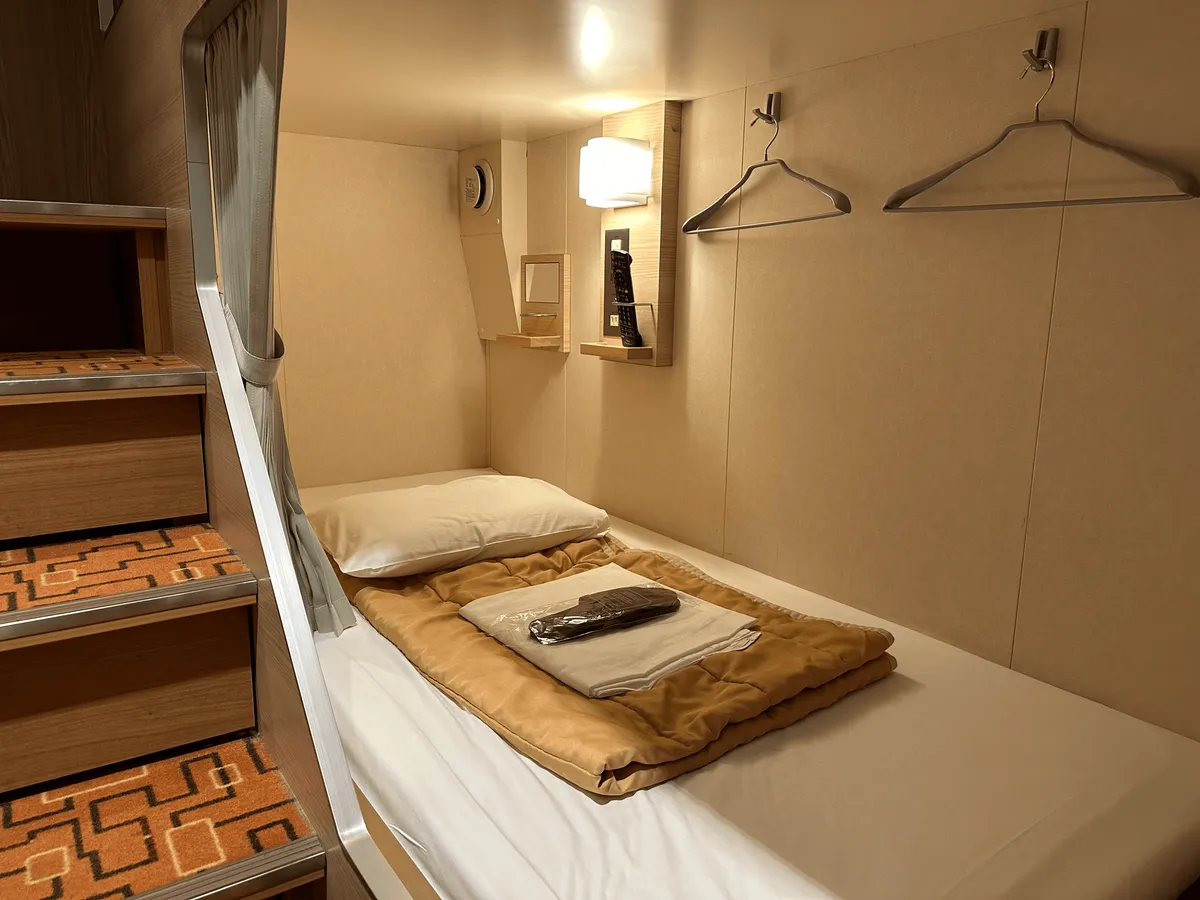
The comfort class comes with a curtain, so you will get privacy, but it won’t block out the sound if your neighbours are noisy. Each bunk also comes with its own air conditioning system (for someone that gets hot easily, this was amazing) which can choose to turn on or off. There is also a power outlet and a TV, which you can use with the provided earphones.
A night in tourist class (shared room)
On our return trip, we tried out the cheapest tier of room, the “tourist class”. This cost us 64,500 yen for two people.
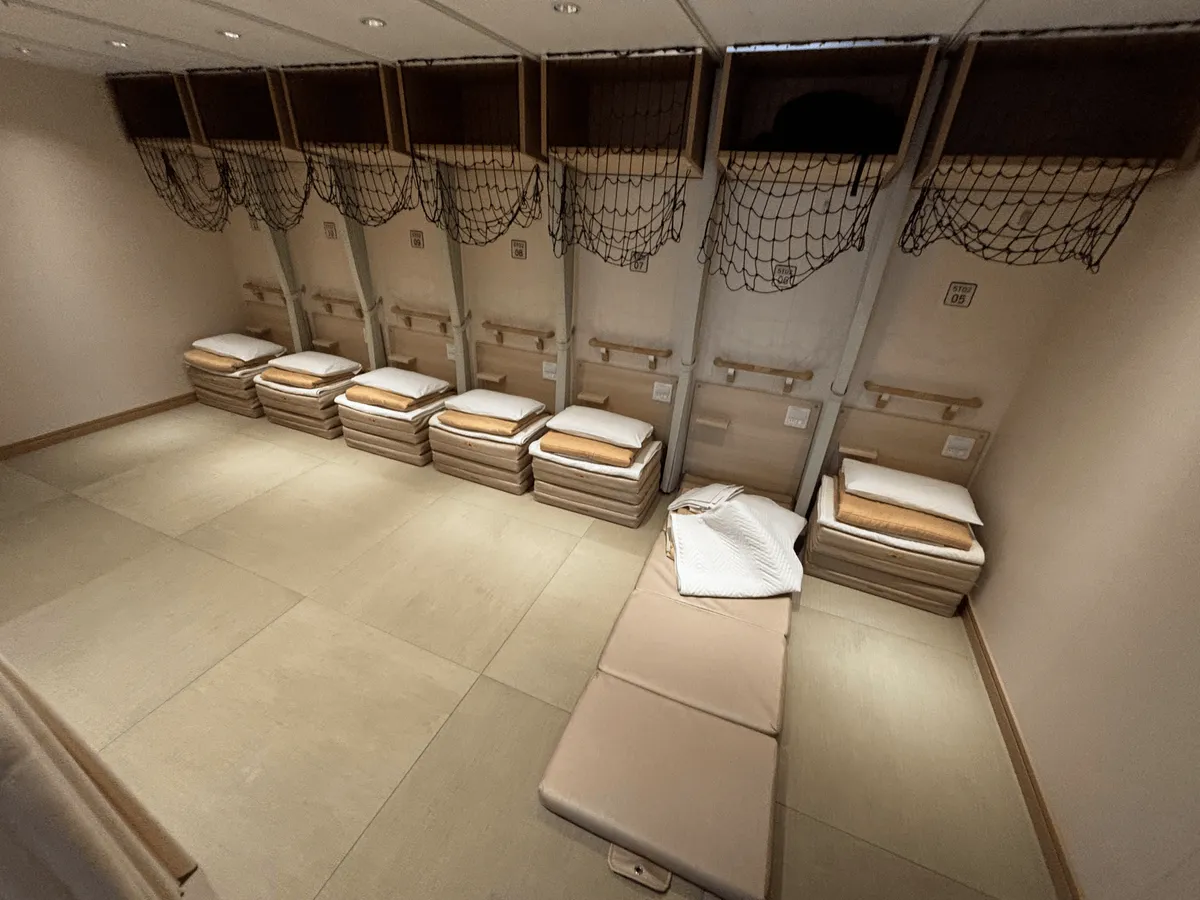
You can draw curtains between each of the individual futons to get privacy from your neighbour, but they only extend alongside your futon. This means that if someone walks past your bed, they will be able to see you. In my case, my bed was by the door, so there wasn’t really any privacy there.
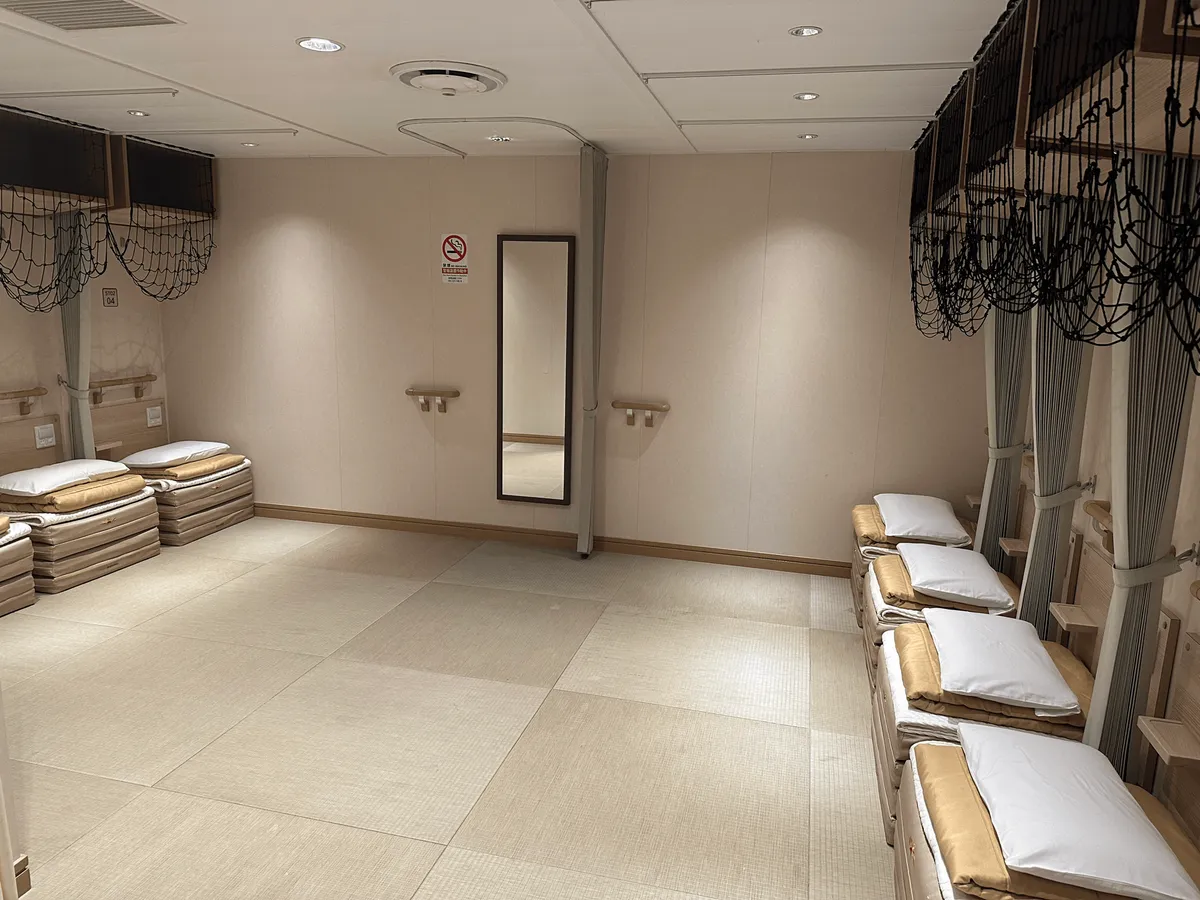
You share a room with up to 10 other people, so your sleep quality will depend on who your neighbours are. Luckily, there were only two other people in the room with us, so we were all spread out a bit.
However, one guy got a phone call at 3am which woke us all up, so that wasn’t fun. The room also has automatic lights that only turn off between 21:45 and 7:30, so outside of these hours you can’t really sleep unless you wanted to. Overall, I didn’t sleep very well, and would opt for comfort class in the future.
Food options aboard the ferry
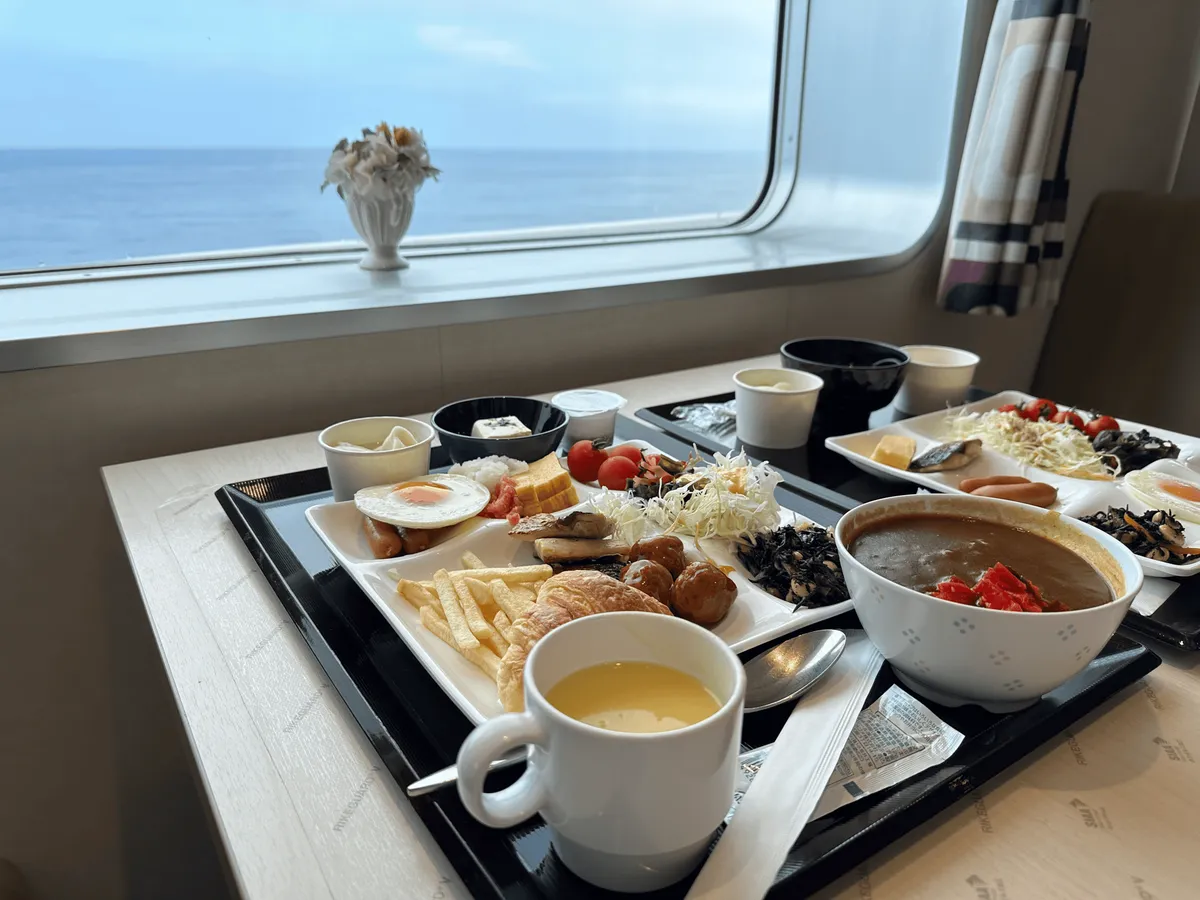
The ship serves a dinner and breakfast buffet, which you can buy tickets for individually or pay 3400 yen for both. If you’d rather bring your own food, the ship also has a kitchenette with hot water and a microwave available.
For me the breakfast buffet was worth it (unlimited free coffee!) but I’d be happy bringing some conbini food for dinner. Either way though, the buffet is better than what you would get from a standard Japanese business hotel.
Other than the buffet, there is also a small shop that sells snacks, and there are vending machines across the ship.
Things to do onboard the ferry
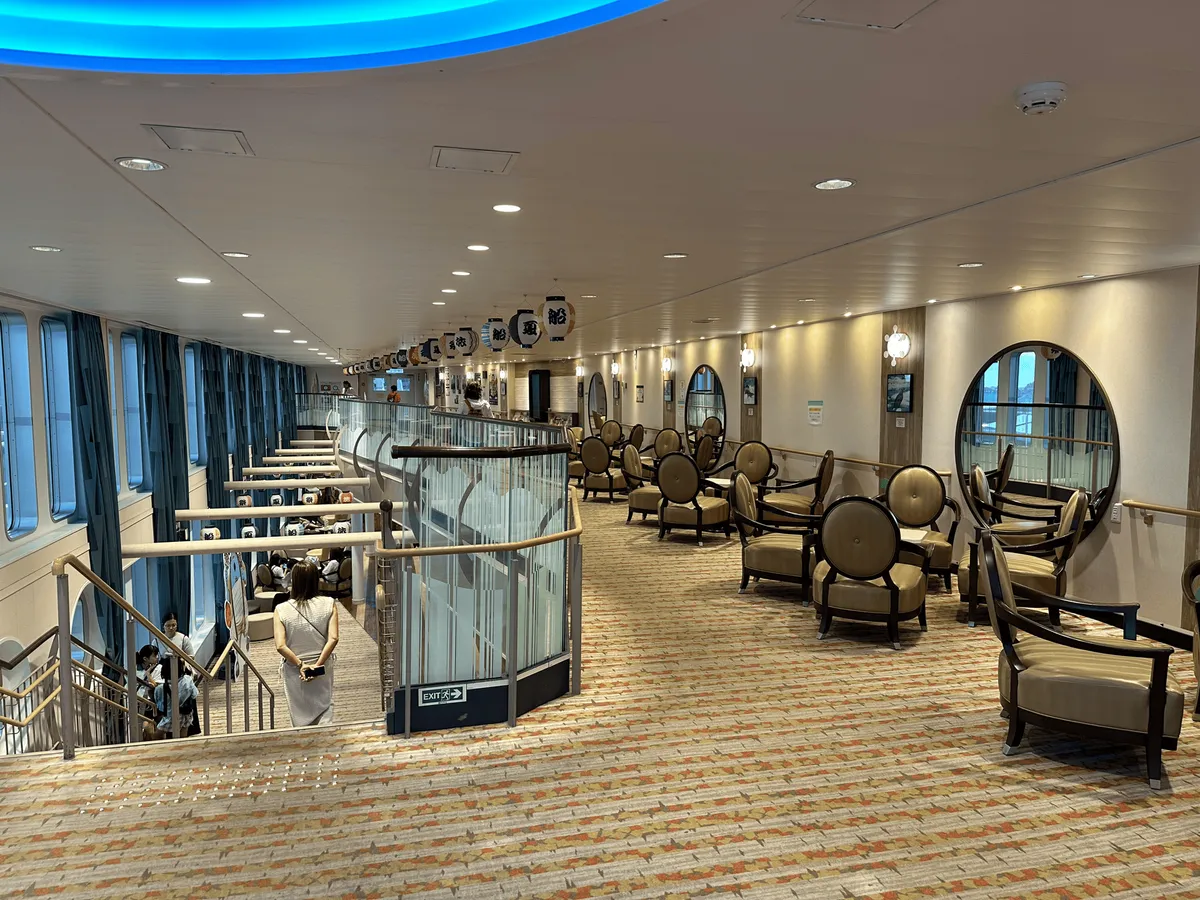
One fun thing is that there is an onsen on the ship. The higher tier rooms have their own private bathroom, but for the cheaper tiers this is the only option if you want to bathe, so I’d keep that in mind when booking if you get nervous around onsens. At night it can be hard to see anything, but during the day you do get an ocean view out the windows. It’s also a funny experience sitting in the onsen water and watching it move around you thanks to the motion of the ship.
For most of the voyage you’re out on the ocean, and so you will get limited to no phone reception. I recommend downloading any books or videos you want to watch beforehand.
You are also allowed outside access to the back of the ship at any time, so you can watch the ship depart, dock, or just generally look at the ocean. It can get pretty windy though.
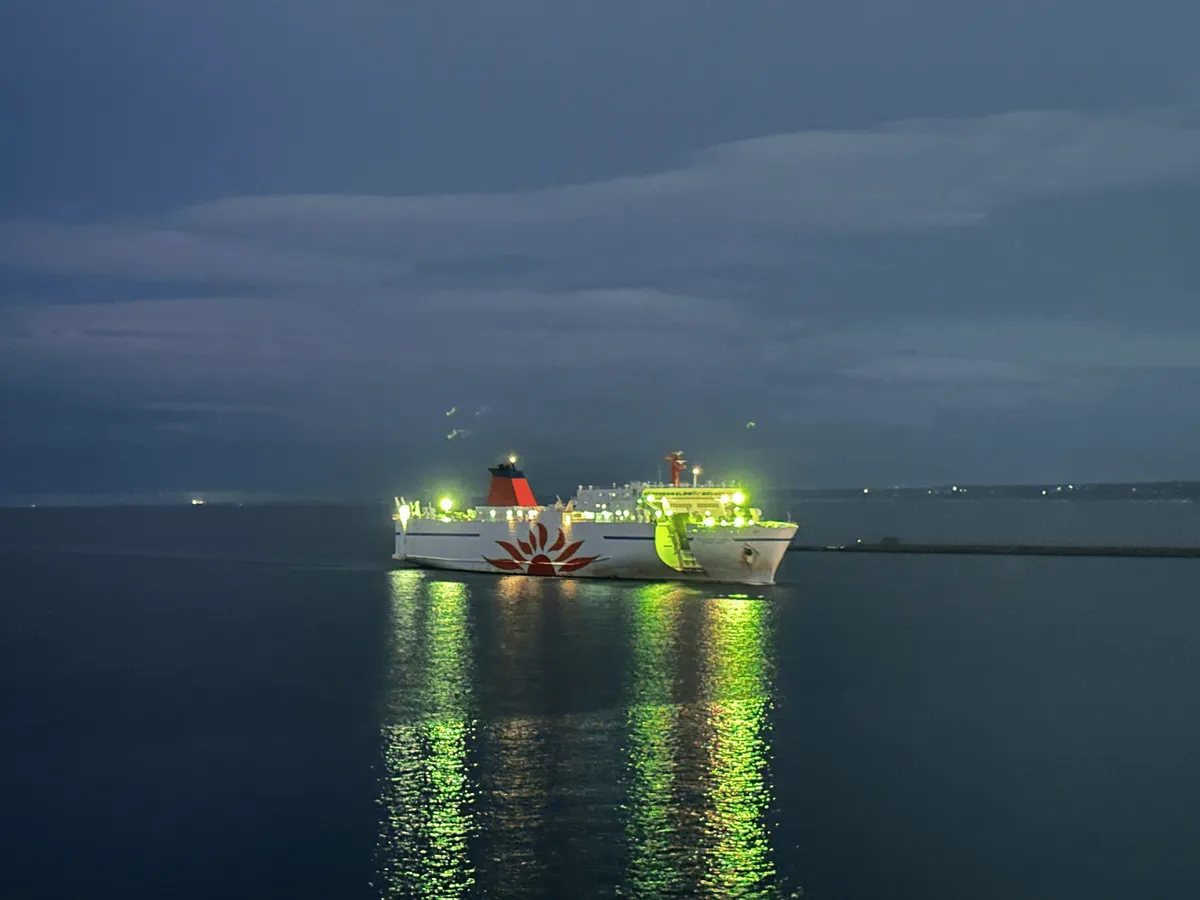
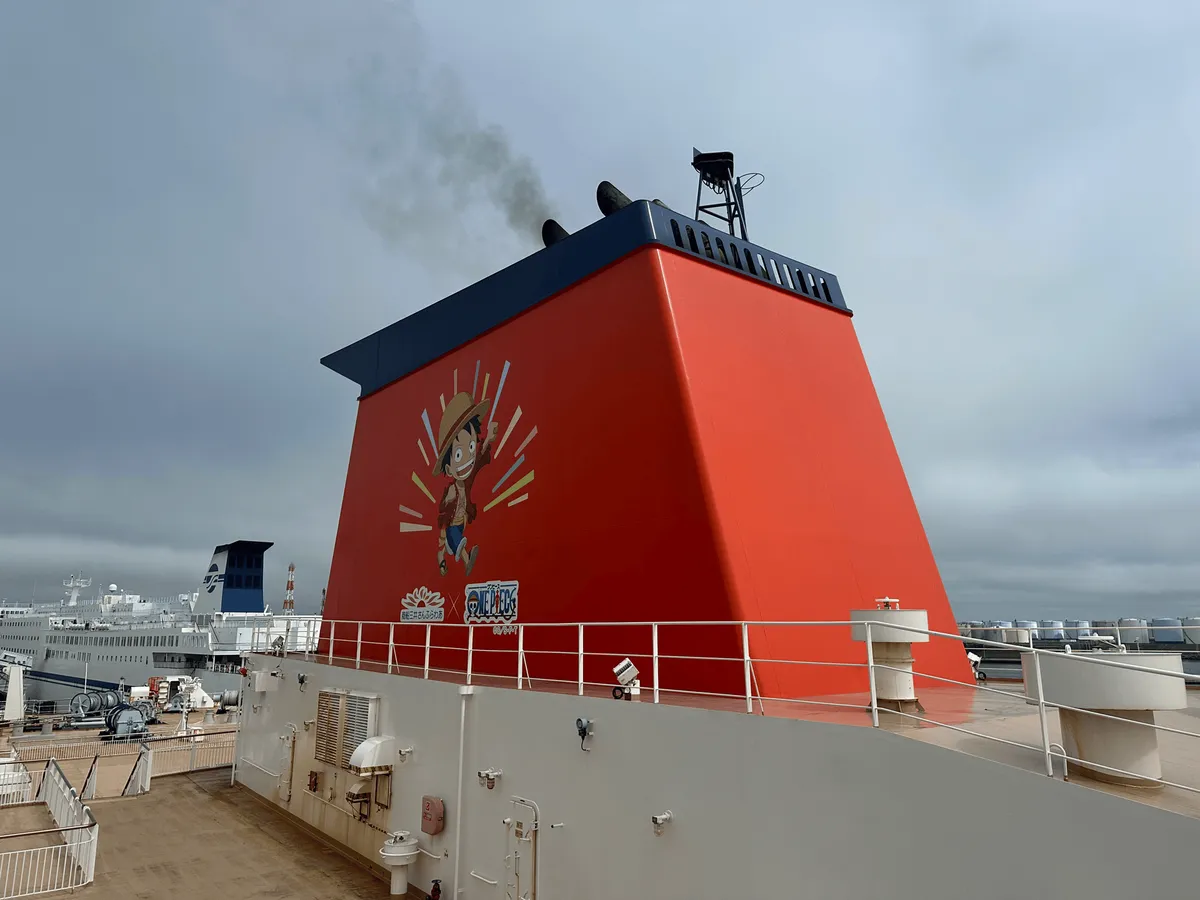
Our 2-week Hokkaido roadtrip itinerary
The ship arrived in Tomakomai the next day at around 13:30, and by 14:00 we were off the ship.
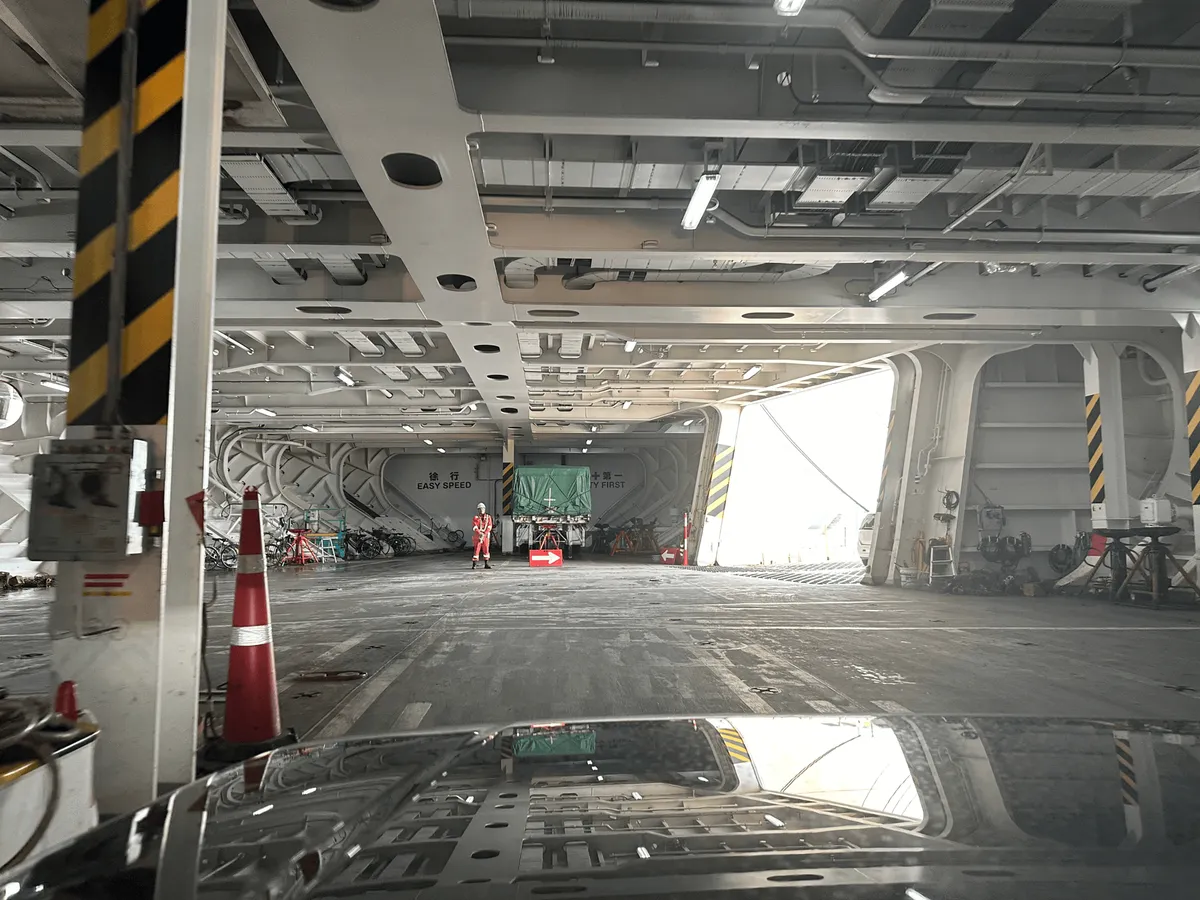
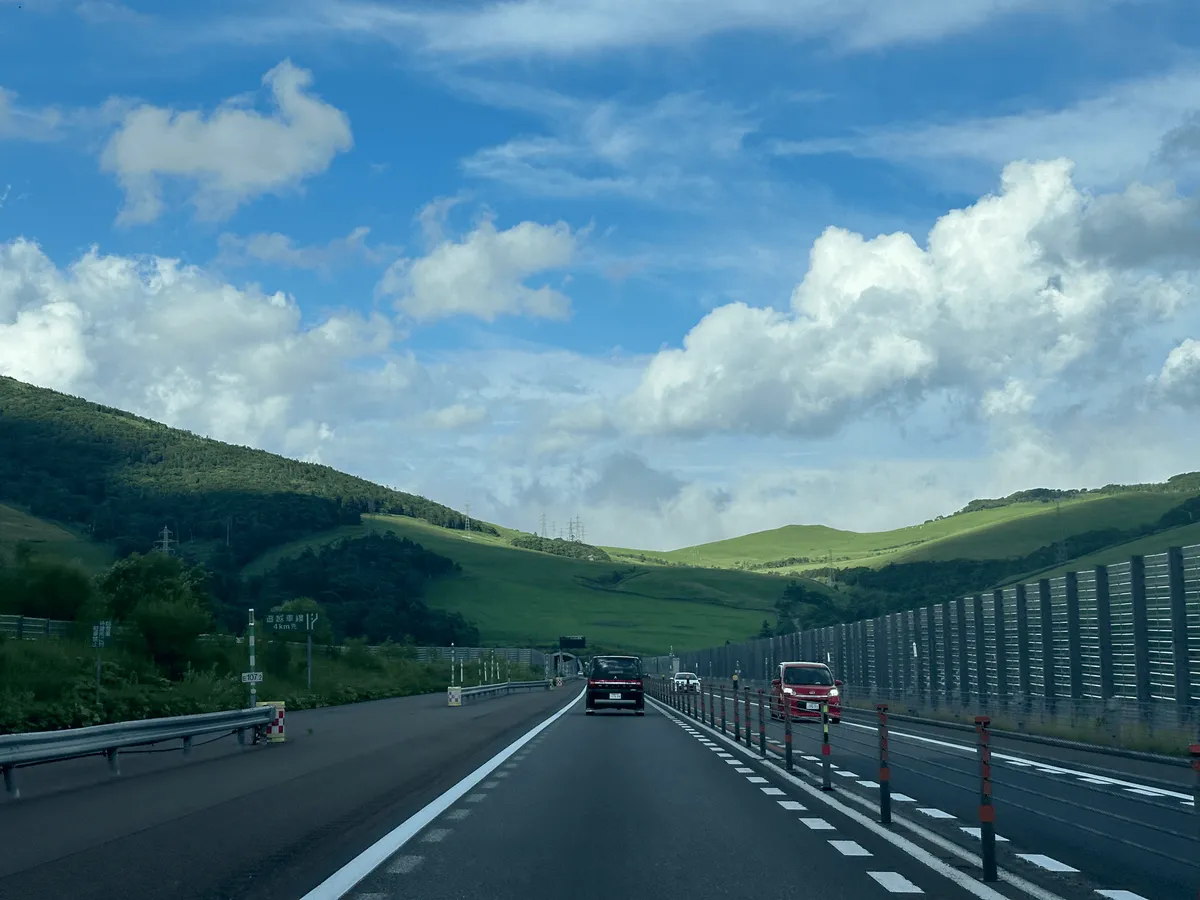
The overall plan was to hike, camp, and have some rest days to do some general sightseeing. I also booked a couple of nights at hotels, since I wasn’t sure how I would fare camping for 2 weeks straight. The general itinerary we followed was:
- Day 1: Driving up to Ibaraki and boarding the ferry
- Day 2: Tomakomai → Ashoro, where we got a hotel for the night
- Day 3: Ashoro → Shiretoko, where we set up our camp for the next 3 nights
- Day 4: Climbing Mt Rausu
- Day 5: Rest day and Shiretoko sight-seeing
- Day 6: More sight-seeing, then driving to Shari, where we camped for 2 nights
- Day 7: Initially meant to climb Mt Shari, but due to bad weather, did some sightseeing near Lake Mashu instead
- Day 8: Climbed Mt Shari, drove to Lake Akan and stayed at a hotel
- Day 9: Lake Akan and Kushiro National Park sightseeing. Camped in Kushiro
- Day 10: Climbed Mt Meakan and camped nearby
- Day 11: Drove to Daisetsuzan and camped nearby
- Day 12: Climbed Mt Asahi and drove back to Tomakomai, slept at a hotel
- Day 13: A little bit of Tomakomai sightseeing before we got on our ferry
- Day 14: Drive home to Tokyo
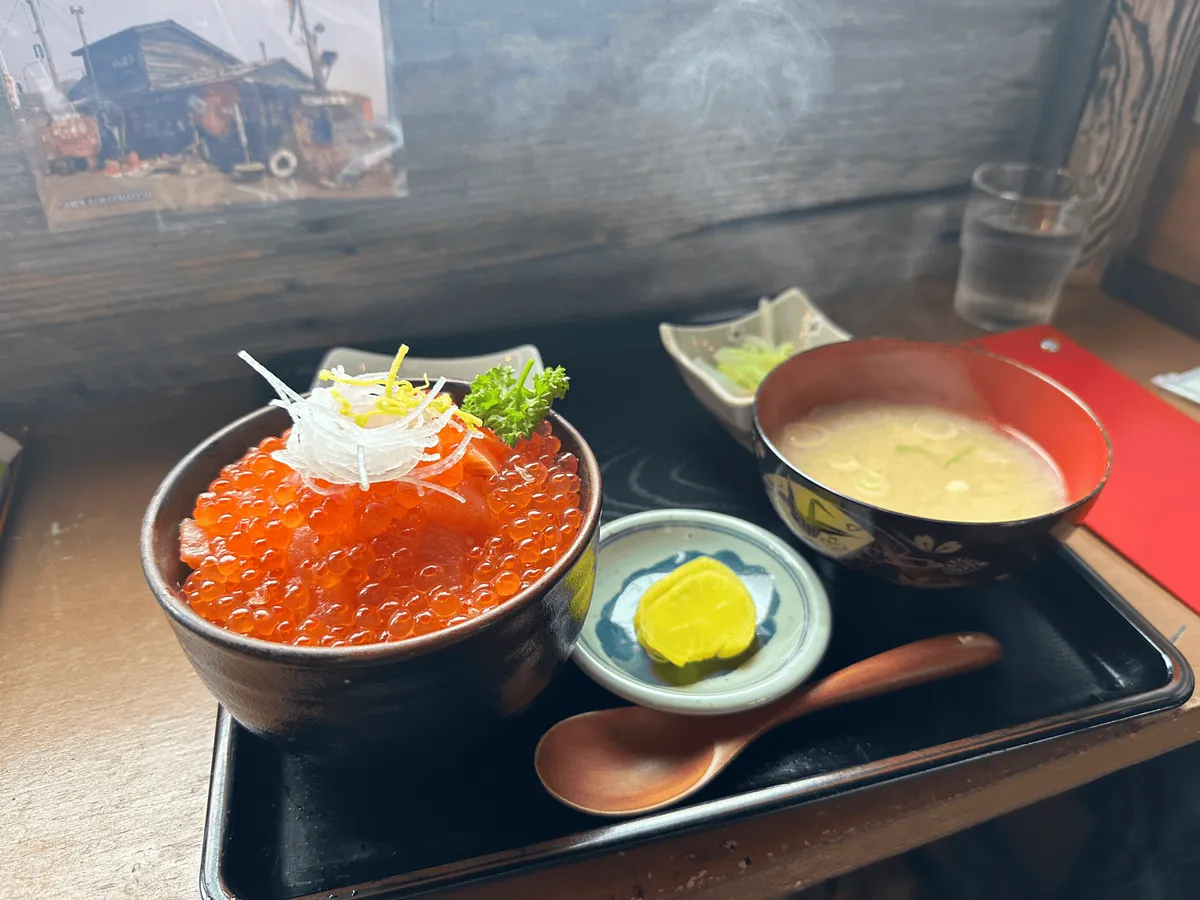

Cost of taking the ferry to Hokkaido
You can get the full fare chart on the Sunflower website, but if you were curious, this is the breakdown of how much taking the car on the ferry costs versus the fares for the passengers:
| 1 person | 2 people | Car | |
|---|---|---|---|
| Tourist | 18500 | 37000 | 27500 |
| Comfort | 22000 | 44000 | 27500 |
| Superior inside | 30000 | 60000 | 27500 |
The “superior inside” class is the cheapest tier of private room, and is on the inner side of the ship so you won’t get ocean views from the window. For us (i.e. two people and a car), we paid 136,000 yen in total for our trip, since we took comfort class on the way up and tourist class on the way back.
We did travel in August’s Obon holiday season which falls into “Period D” on the fare chart, which is on the expensive end, so if you time your travel in the off-season, it does get cheaper.
Is the ferry worth it? Taking a plane vs ferry to Hokkaido
If we had taken a plane and rented a car instead, the numbers would look something like the following:
- Roundtrip flights from Tokyo to Hokkaido for two people: 25,000 yen
- Car rental costs: approx 10,000 per day
So a trip of 11 days by car would cost 135,000 yen, which would have made that the break-even point compared to taking the ferry (136,000 yen). Although I don’t really recommend taking tourist class at all, in which case you’d probably need a 12-day trip for the ferry to become more economical than the plane.
However, by taking your own car, you can also carry along all the gear you want. Since sleeping in a tent would only cost 1000 - 2000 yen a night for two people, you can get a lot of cost-savings here that would be a lot harder to do if you were to go by plane.
The other consideration is time. The flight from Tokyo to Sapporo is only 90 minutes. The ferry trip, on the other hand, is around 20 hours including all the boarding procedures. If you had only 7 days to take a trip to Hokkaido and you went by ferry, nearly 2 of those days would be eaten up by ferry travel - not very fun!
Depending on where you are travelling to, the other downside is that the ferry only takes you to Tomakomai. From there, getting to Shiretoko will take you 6 or 7 hours, which can be a lot more tiring than getting a plane directly there from Tokyo. Similarly when you are heading home, you will have to make the same 6 - 7 hour trip in reverse.
But I think for us, it was well worth being able to take my car up to Hokkaido. We made a lot of fun memories, got a lot of new camping experiences (we can actually start a fire now) and climbed some mountains along the way too. I’m definitely keen on another Hokkaido road trip in the future.
How to book Ferry Sunflower tickets
The ferry I used was the Ferry Sunflower, which departs from Oarai in Ibaraki. Bookings open on its website 2 months before the date of departure. Since we were trying to book tickets in the absolute peak season (the week of Obon, where a lot of Japanese tend to get a week of summer vacation) the tickets were sold out pretty quickly.
We originally had plans to head to Hokkaido on the Thursday or Friday before Obon, but I think everyone else had the exact same idea and these tickets were sold out immediately. We ended up shifting our dates a bit, and got tickets for Wednesday night.
When buying your tickets, as well as choosing the date, you get to choose your level of accomodation. I found that the higher levels of accomodation (i.e. private rooms) were more likely to be booked out.
The ferry company also has a waitlist system, so if you can’t get the date that you want, I recommend buying the ticket for the best date you can get (just in case nothing else ends up being available) and then also putting your name down for a couple of other slots. Once a slot opens up, you will receive an email, and you have a week to buy the tickets.
You have to pay for the ticket within a week of booking it, but since the cancellation fee is only 200 yen, you could buy a ticket, and refund it later if a better date becomes available.
If you want to be really safe, I would consider booking two return tickets slightly separated from each other. A typhoon went up the coast of Japan while we were up in Hokkaido, and so some ferry departures actually got cancelled. My partner got to talking to a motorcyclist in an onsen, and apparently they will double-buy tickets to make sure that if their original ticket gets cancelled, they can still get back home.
Alternatively, if you can’t get the dates that you want at all, the Taiheiyo Ferry service departs from Sendai and goes to Hokkaido. This seemed to have more availability when I was first looking into it. The only downside is that you have to drive more than 4 hours to get to Sendai from Tokyo.
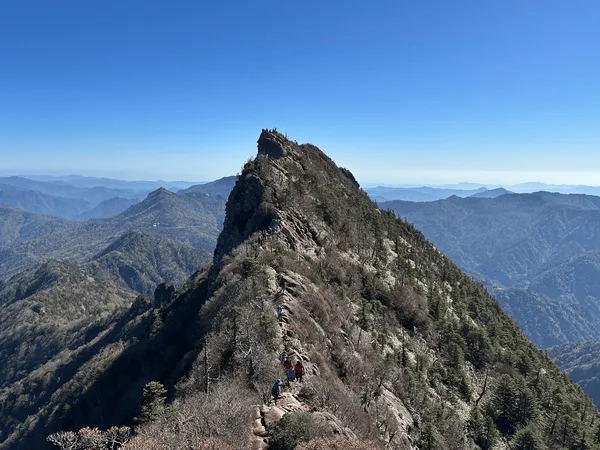
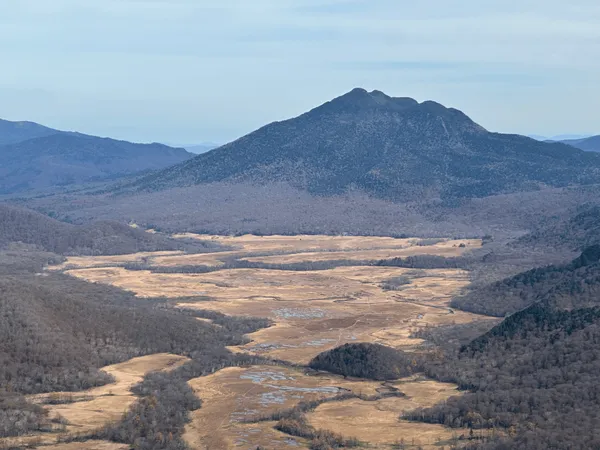
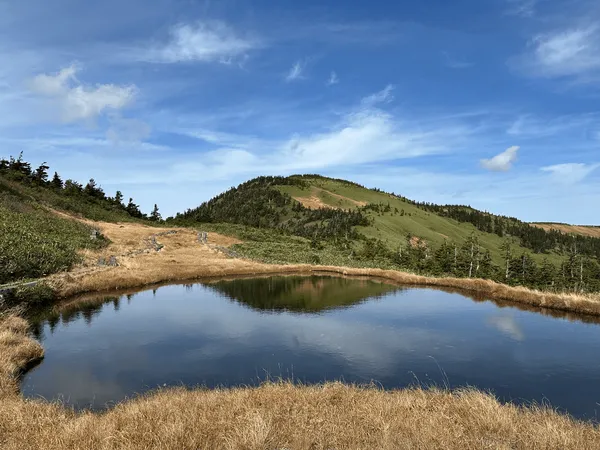
Leave a comment